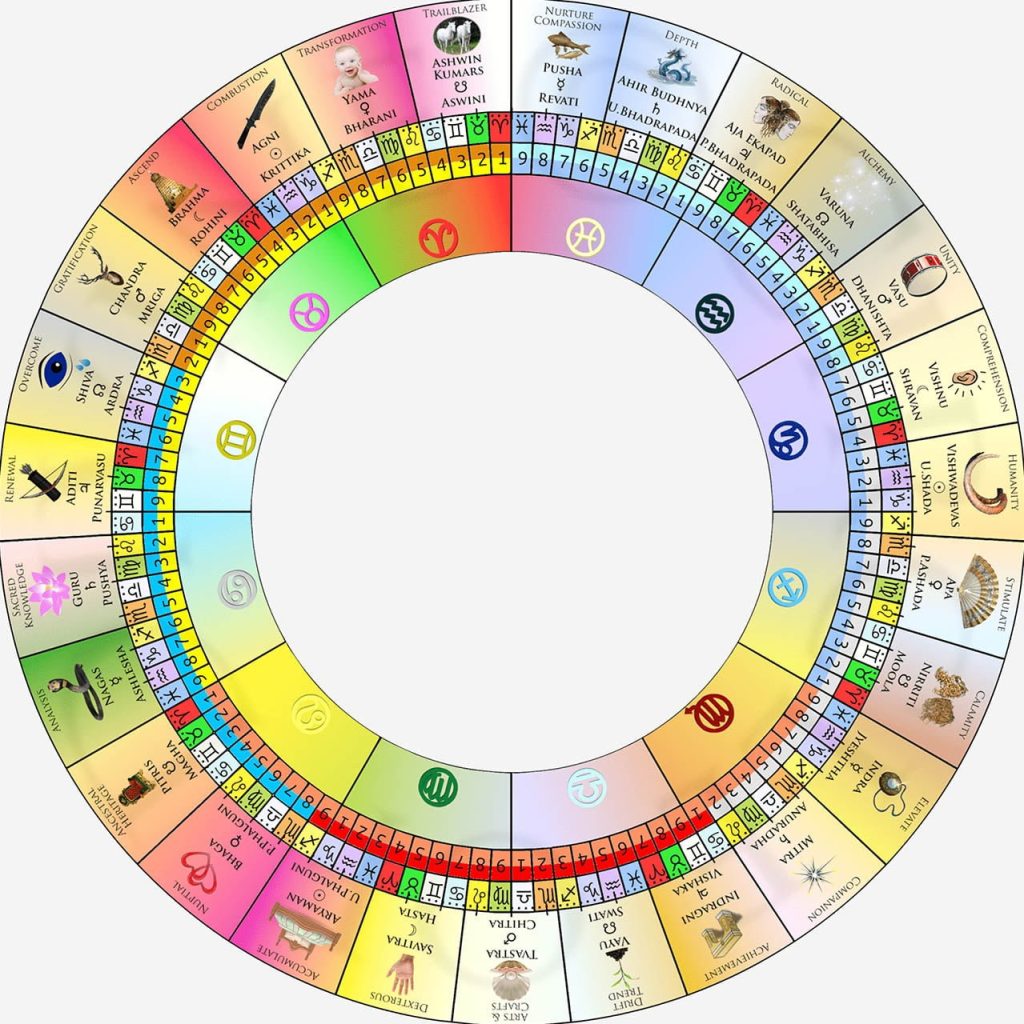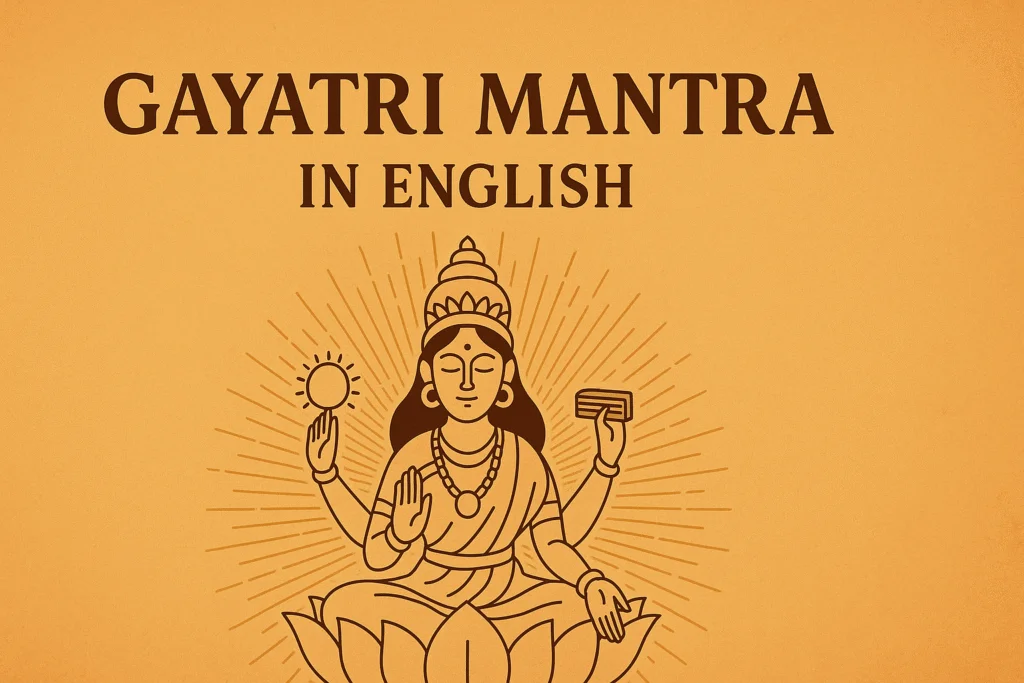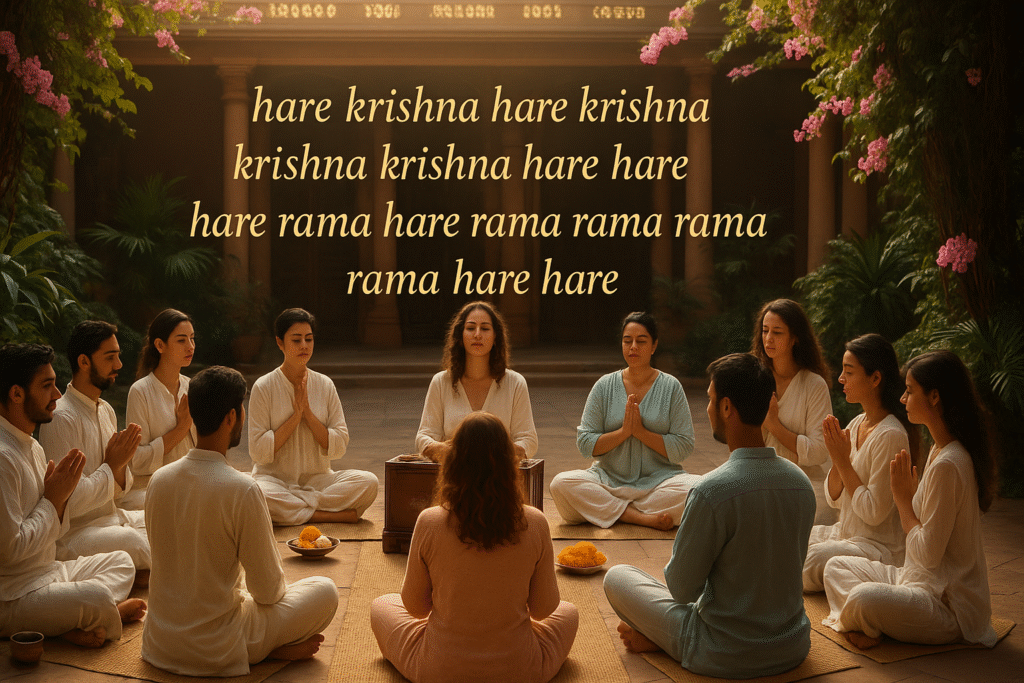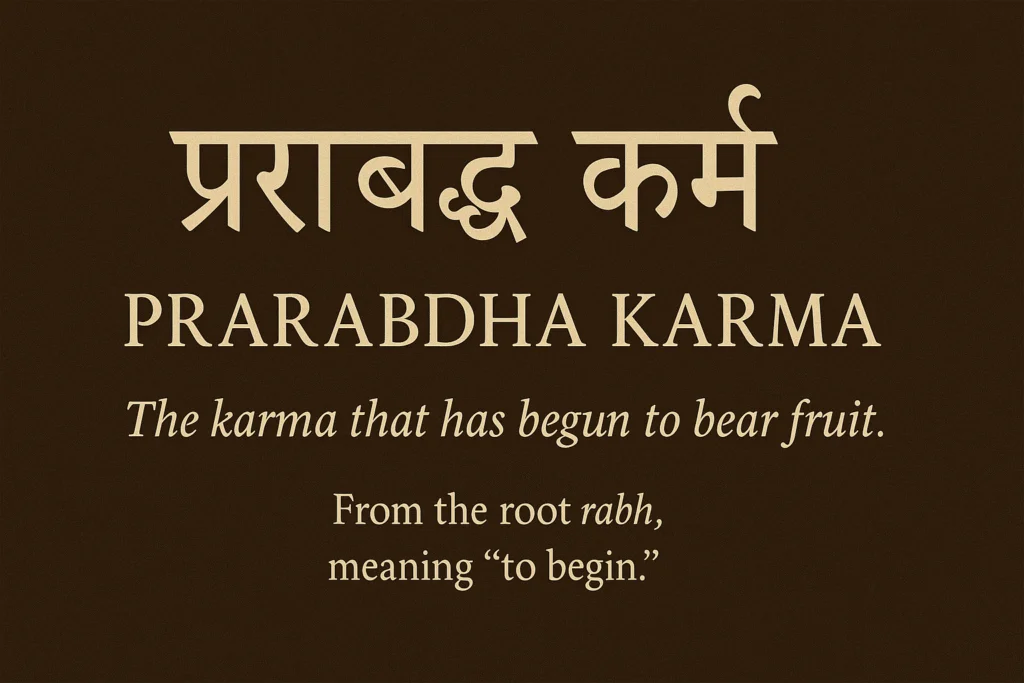Hinduism, the religion of over 1 billion population is the oldest religion, and calling Hinduism a religion is a debatable topic itself as it is also believed as a way of living life. Hinduism, at its core, is not even called Hinduism, it’s called Sanatana Dharma and its followers Sanatani. Hindu is actually a term coined by Westerners, which requires a different blog of its own. There are not just 1 or 2 deities but 100s of them, and if that isn’t confusing yet, there are multiple supreme lords as per different traditions of Hinduism.
If you’re a non-Hindu and you’re thinking this is confusing and very complicated, don’t worry my friend, Sanatani’s themselves are confused. This is the main foundation of building this website, to clear confusion and to learn about Sanatan dharma in a simple manner.
First of all, to avoid conflicts, I will be using Hinduism and Sanatana dharma interchangeably, so that audiences from different backgrounds will be able to understand them. I am not here to promote any debate, but to pass down the knowledge that I strongly believe will help the current generation to understand the true Sanatan dharma.
Now back to what Hinduism is. The Sanatana Dharma has a long history. The word Sanatan means Eternal, Dharma which is really hard to translate the word in English, the closest that I can probably translate it to is ‘the right way of living’. Let’s start from the core values of Hinduism.
Core Values
To boil everything down to make it as simple as possible, let me boil everything down to the core values of Hinduism:
Brahman
In Sanatana dharma, ‘Brahman’ refers to the ultimate reality, the supreme cosmic power, the unchanging, infinite, immanent, and transcendent reality that is the divine ground of all beings. It is also considered as one universal soul. Brahman is the universe and is beyond the universe. Breaking down further, there are two Brahman beliefs, Saguna Brahman and Nirguna Brahman, which will be a different blog on its own.
Atman
We, Sanatani (followers of Sanatana dharma), believe that Atman (soul) never dies. When you die, your soul doesn’t die, but rather it moves to a different body, and it is the body that dies. This leads to a very important principle in Sanatana dharma called Karma. There are 3 different types of karma, and we believe that the action of the past life is the consequence of this life. If you did good actions in the past life, you will reap the good results in the present life and vice versa. Now the principle of karma is more complex than this, which I will be explaining in a different vlog, to understand it simply, this is enough for now.
Moksha
Moksha, the liberation of the soul means that you are now free from the painful continuous cycle of birth and death. It means the Atman (soul is in unity with the supreme cosmic power Brahman. The soul at this point is free from karma bondages, free from all the worldly attachments, desires, and limitations of the physical body. Moksha is the highest spiritual attainment for a Sanatani.
Dharma
Dharma, as I said is a very difficult word to translate in English, the closest that I can translate is ‘the right way of living’. Sanatani’s aim is to live fulfilling their dharma which encompasses following one’s duty, rights, laws, and virtues. It is much more complicated than this and will be covered in depth in upcoming blogs.
The core values are much more than this and will be covered in depth in the upcoming blogs. Now, moving to the sacred text, there is the bible for Christianity, and the Quran for Islan, but Sanatana Dharma doesn’t have a single, unified sacred text, but rather a vast collection of ancient texts such as Vedas, Upanishads, Bhagavad Gita, Puranas, Ramayana, and Mahabharata.
Vedas
The most ancient and primary scripture is the Vedas which was given by the gods to the great sages, it has four main collections:
Rigveda
Rigveda contains Riks (hymns and mantras) dedicated to various Devas (gods and goddesses). These Riks are chanted during Vedic rituals and yajnas to invoke divine blessings and maintain cosmic order (Rta).
Samaveda
Samaveda consists of Samas (musical chants and melodies) derived from the Riks of the Rigveda. These Samas are sung during yajnas to create a harmonious connection between the human and the divine, amplifying the spiritual power of the rituals.
Yajurveda
Yajurveda contains Yajus (prose mantras) that provide vidhis (instructions) for performing yajnas. It details the ritual procedures (karma-kanda), which are central to the practice of Sanatana Dharma, guiding priests in the precise execution of sacred ceremonies.
Atharvaveda
Atharvaveda comprises mantras and rituals addressing everyday life, including healing (aushadha), protection (raksha), prosperity (shanti), and spiritual knowledge (brahmajnana). It bridges the spiritual and practical, providing guidance for holistic well-being.
We have covered the core beliefs and the sacred texts, let’s now move on to traditions within the Sanatana dharma.
Sanatana Dharma Traditions
SAMPRADAYAS, a Sanskrit term refers to religious tradition. Various traditions exist in Sanatana Dharma. Remember we talked about there is not just one deity in Sanatana dharma but rather 100s of deities, at its core, the deities are followed according to traditions that one follows. Here, I will cover the 3 major sampradayas in Sanatana dharma:
Vaishnavism
Vaishnavism is dedicated to the worship of Lord Vishnu and his avatars. Vishnu’s avatars (incarnations) are Matsya, Kurma, Varaha, Narasimha, Vamana, Parashurama, Rama, Krishna, Buddha, and Kalki (the one who is yet to incarnate). The followers of Vaishnavism, known as Vaishnavs (The author of this blog is Vaishnav himself), consider Lord Vishnu as the Supreme Being. Remember the concept of Brahman, the ultimate reality? In Vaishnavism, Lord Vishnu is considered as the Brahman, the ultimate reality. Some traditions under Vaishnavism consider Vishnu’s incarnations as the Supreme Being, more on that in later blogs.
Shaivism

Shaivism is dedicated to the Worship of Lord Shiva as the supreme being. The followers of Shaivism are known as Shaivas or Shaivites.
Shaktism
Shaktism is dedicated to the worship of the Divine mother, Shakti, in her various forms such as Durga, Kali, and Parvati. Shakti is considered as a divine being. The followers of Shaktism are known as Shaktas.
Now, you might have seen Sanatani Rituals where animals are sacrificed, where for others, even thinking of killing an animal is a sin. Why are people of the same religion so different in what they follow? And this might be adding more confusion to you. But worry not, I am here to clear that all.
The worship of a deity differs as per the sampradaya (tradition), and different sampradayas have a different path to connect with the divine. Choosing sampradaya involves the individual’s goals and preferences, the spiritual guidance of the guru or culture, and family context.
In Vaishnavism, the ultimate goal is to achieve liberation (Moksha) by realizing the divineness of Bhagawan (Supreme Being) Vishnu and connecting with him. The central practice of Vaishnavs involves Bhakti (Devotion) to Lord Vishnu or his avatars.
In Shaivism, the goal is to realize one’s true nature as non-different from Bhagawan Shiva and to achieve the liberation of the soul through this realization. An emphasis is given to meditation in this path. The main purpose is to have a union with Lord Shiva. To experience the unity of the self with Shiva, leading to spiritual awakening and Moksha.
In Shaktism, the goal is to understand and experience the Brahman, the supreme reality as Shakti, the divine mother, and achieve spiritual enlightenment and liberation. In Shaktism, vamachara is often practiced, vamachara is a category of tantra under which animals are sacrificed. The purpose here is to manifest the divine power, to recognize and align oneself with the cosmic energy of Shakti, leading to the fulfillment of both material and spiritual goals.
So far, we have covered the core beliefs, the sacred texts, different traditions, and how the worship differs as per different traditions. These I believe can give you a basic understanding of what Hinduism is. If you have made it here, you have most probably understood that Hinduism is a very complicated and complex religion, which is why I am here, to explain it in the simplest manner possible.
With this, I am wrapping up this blog here, and in the upcoming blogs, I will talk about different deities in Hinduism. Following that we will move on to which deity should you worship and a very important concept in Sanatana dharma known as ‘Ishta Devata’.
Many things explained in this blog need an in-depth explanation, I could perhaps write them here, but this will become a book rather than a blog, hence, to not complicate things, I will cover each topic in greater detail in the upcoming blogs.
If you found this blog insightful, dive deeper into Hinduism’s timeless wisdom by exploring more articles on our website!
Read Next:
What is Vedic Astrology?
Vedic astrology, also known as Hindu astrology and Indian astrology is a knowledge given by…
Gayatri Mantra in English – Lyrics, Meaning and How to Chant
Originating from the holy Rig Veda, the Gayatri Mantra is one of the most powerful…
Hare Krishna Mantra Translation: Meaning, Origin & Spiritual Significance
In recent years, millions of people around the world have become familiar with the sound…
Hinduism Books
12 Houses of Astrology: What Each House Means in Your Life
When I first opened my birth chart, it felt like a wheel with 12 slices….
Prarabdha Karma: The Mystery Behind Your Life
Have you ever wondered why you were born into the family you were born into,…







Leave a Reply